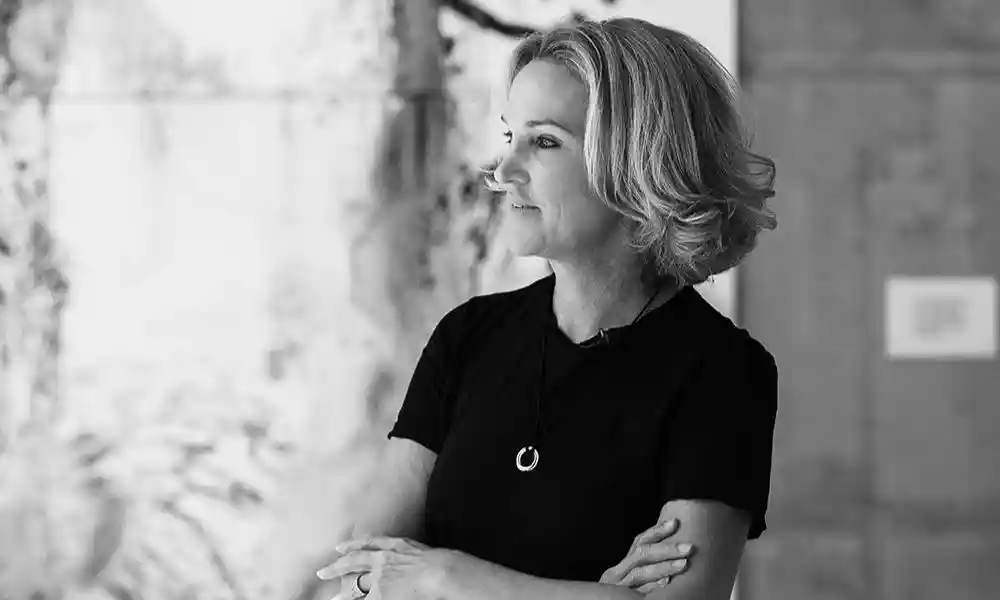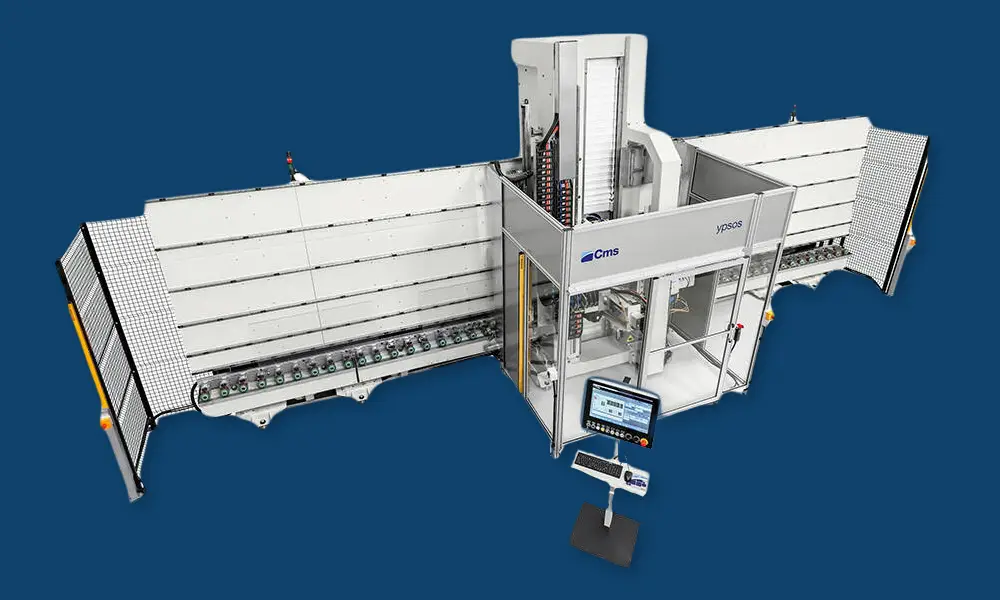Penelope Forlano – Blurring Boundaries Between Art and Design

Many of Penelope’s projects highlight the potential of integrating art within architectural form, from CNC-milled brick façades to sculptural soffits and glass installations. Her works often draw on research into place, creating layered experiences that connect people with their environment. In this Artist Q&A, Penelope shares her creative journey, her fascination with glass, and the challenges of producing large-scale public artworks.
How did your career as a visual artist begin?
Upon leaving high school, I studied Art and Design at TAFE before pursuing a career in interior architecture. My work in Perth and the UK ranged from restaurants to apartments, and I later taught design for the School of Built Environment at Curtin University, and earnt a PhD on emotionally enduring architectural design. Eventually, I began experimenting with furniture and bespoke objects that blurred the line between design and art, which led naturally into public art, where I could merge both disciplines.
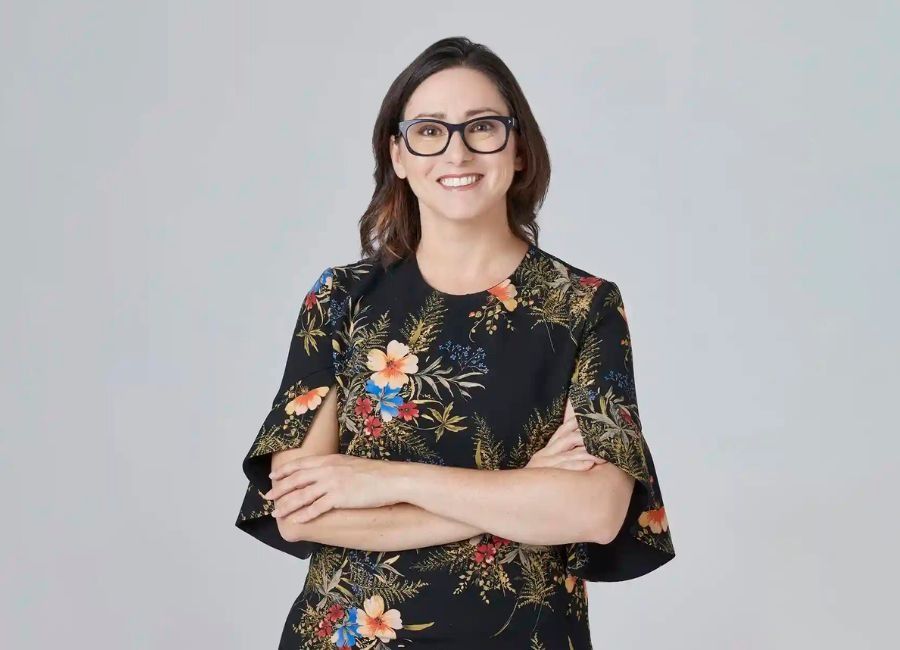
What do you enjoy most about working with glass as a creative medium?
Glass offers extraordinary versatility in architecture: it can bring light into interiors, create transparency, frame views, and transform a building’s appearance by day or night. Working with printing onto glass expands these possibilities, enabling dappled light, engaging graphics, and ever-changing shadows.
.jpg)
For my Fire Vita artwork at the Bushfire Centre of Excellence, I printed across both panes of double glazing to evoke the movement and vitality of fire. As visitors approach, the design creates a moiré effect that shimmers with light and perspective — something only possible with glass.
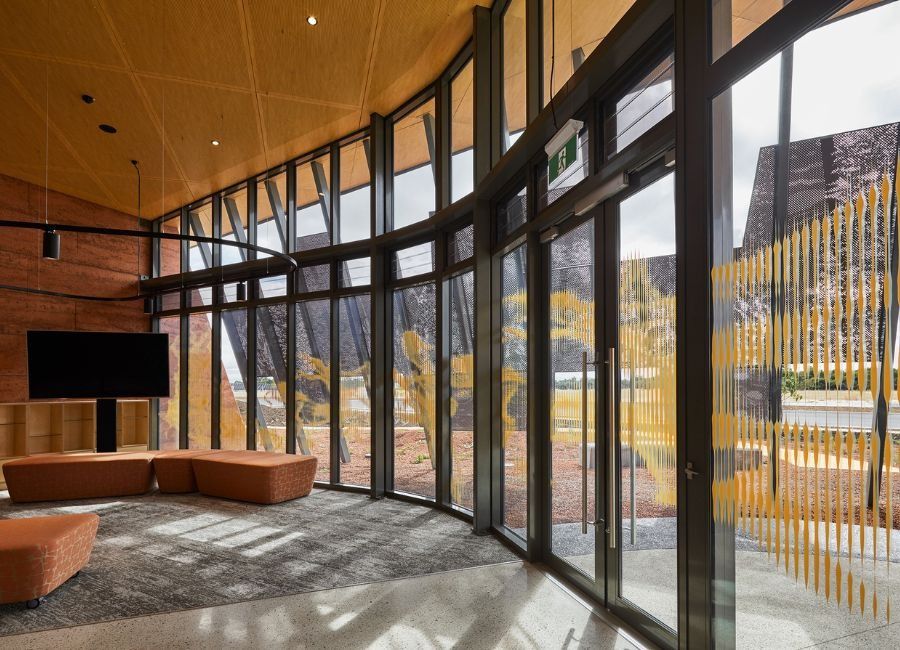
What does your creative process look like?
My process begins with research into place, uncovering the history, stories and qualities of a site that can be reflected in the final artwork. I aim to create work that’s less about my personal expression and more about connecting people with their environment. This often leads to unexpected discoveries and new ways of storytelling through material.
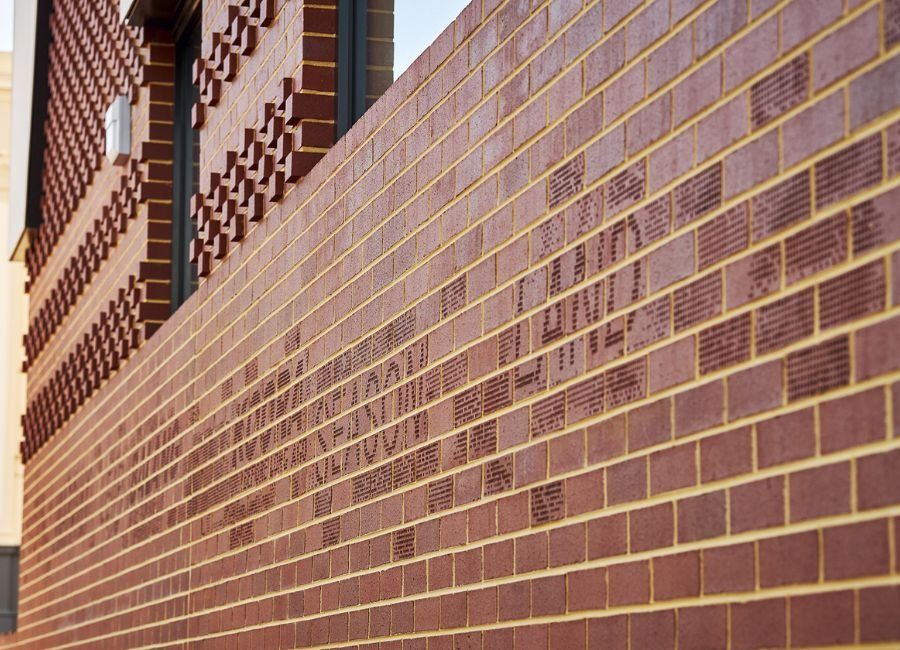
What advice do you have for students considering a career in visual arts?
Be ready for rejection and start small. Don’t hold ideas too tightly — allow experimentation and let new opportunities shape your practice. Develop deep skills in your area of passion, but always balance that with curiosity and play. Practice is everything.
What does the future hold for public art in Perth, and Australia?
Public art is increasingly expected to deliver on multiple levels — functional, integrated, and innovative. I see exciting growth in areas such as sound and light installations, temporary and ephemeral works, and the use of digital technology. Flexibility and openness will be key for future practitioners.
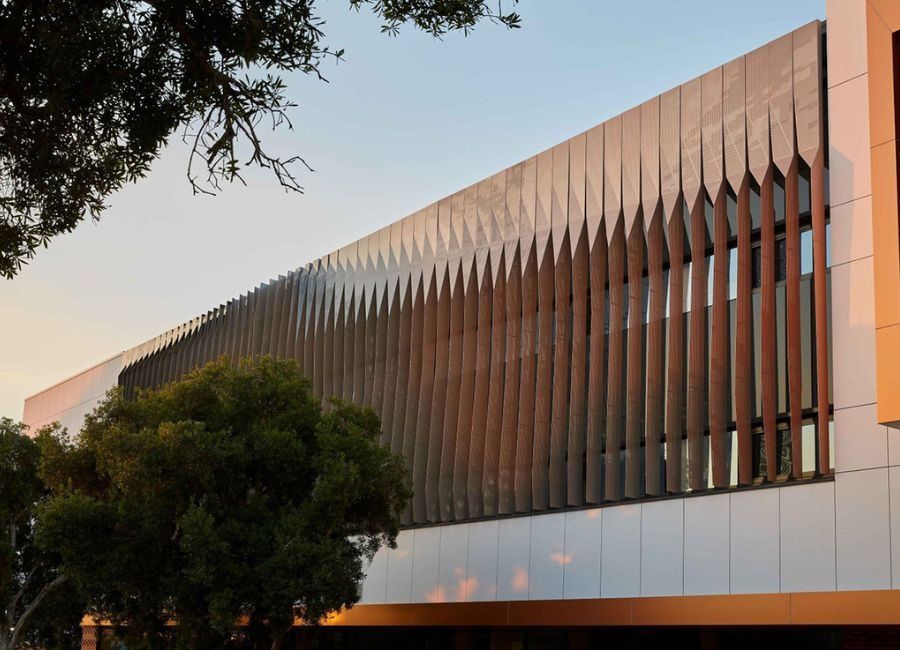
Where could someone go in Perth to view one of your projects? What has been your most challenging project to date?
At Perth Airport’s T1 Terminal, you’ll find my timber and light sculpture and acoustic wall. Bob Hawke College is another landmark project, featuring CNC-routed brickwork and metal sunshades, works designed to reveal details upon closer inspection.
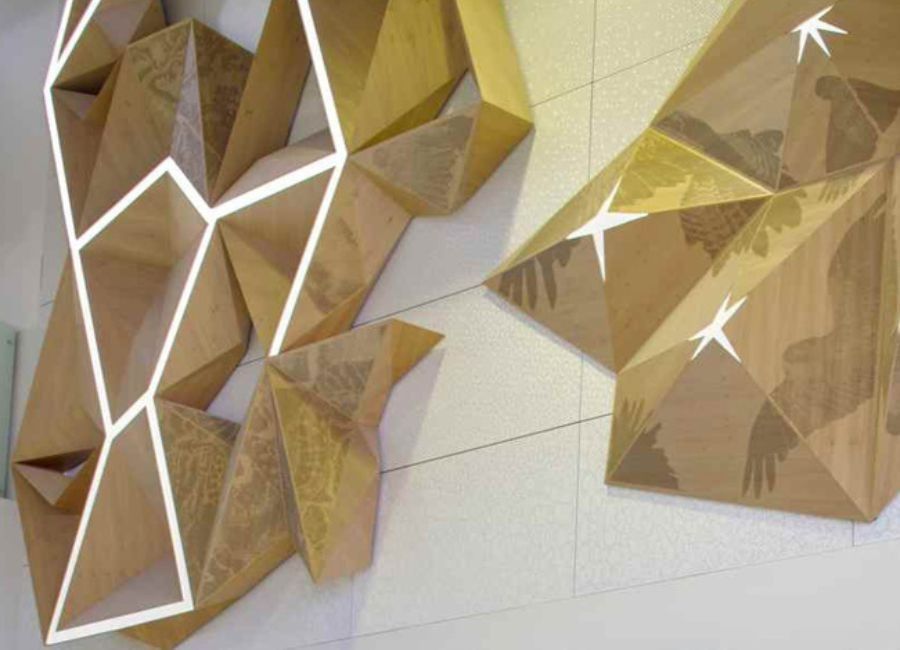
Another technically complex project was Fremantle College, where I designed a sculptural soffit made from more than 800 individually shaped stainless steel pieces. Precision digital modelling and fabrication were crucial to its success, with each part fitting together like a puzzle.
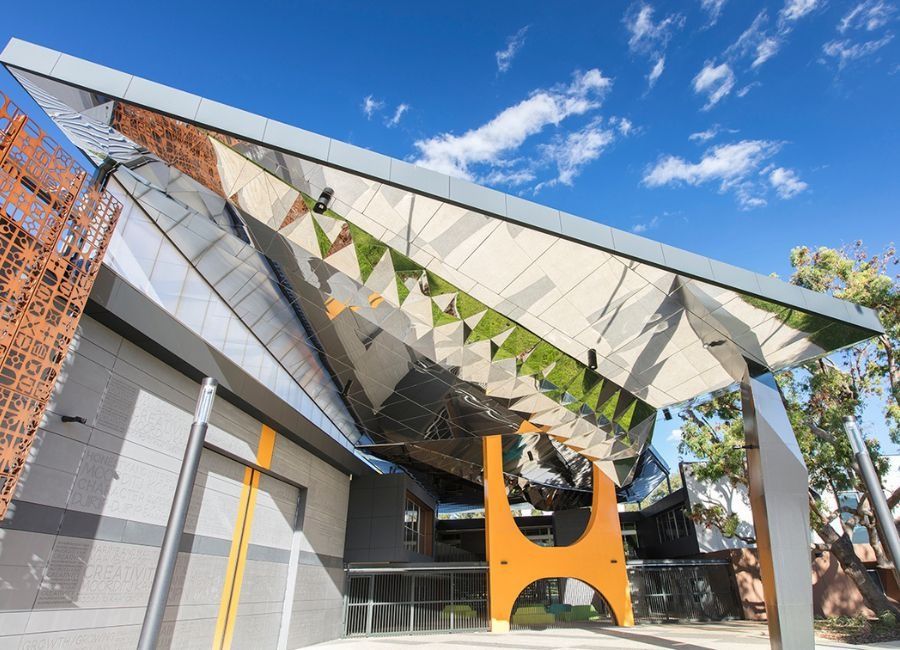
Are there any resources you would like to share with other potential artists?
I recommend NAVA, Artsource, and ArtsLaw, invaluable resources for artists navigating contracts and professional practice in public art.



